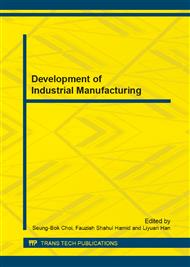p.305
p.311
p.316
p.320
p.325
p.333
p.337
p.342
p.346
Research on Field Simulation Application in Warship Cabin Performance-Based Fire Protection Design
Abstract:
As the rapid development of warship equipment automation, warship cabin fire protection design in many developed countries has transformed from the prescription approach to Performance-based Fire Protection Design (PFPD). Since the warship is moving offshore structures, its PFPD can fully learn from building PFPD on land. This paper firstly outlined the concepts and methods of building PFPD. Through comparing the similarities and differences of structure and fire-fighting capacity both on warships and in building, the warship cabin PFPD roadmap was proposed. From the perspectives of warship structure and personnel protection, warship PFPD parameters were proposed. Applied field simulation model into quantitative and numerical analysis of the fire compartments and adjacent ones to determine the cabins not meeting the demands of PFPD parameters. According to the analysis, take active or passive optimization fire protection measures making these compartments optimized design to meet structure fireproof parameters, ultimately achieve the fire protection purpose.
Info:
Periodical:
Pages:
325-330
Citation:
Online since:
February 2014
Authors:
Price:
Сopyright:
© 2014 Trans Tech Publications Ltd. All Rights Reserved
Share:
Citation:


